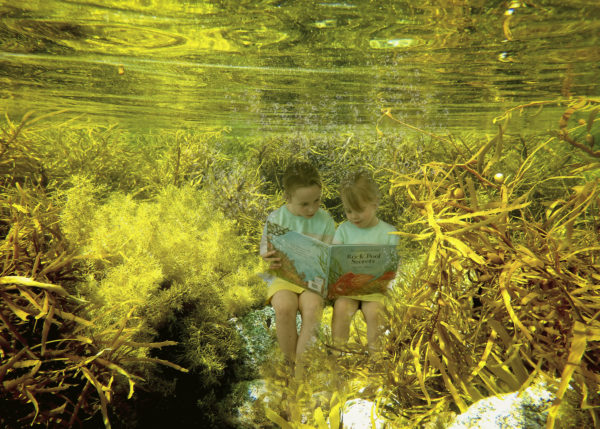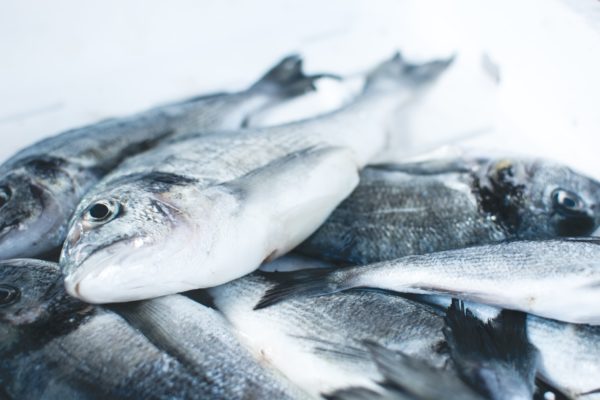When it comes to crossing the ocean, all marine megafauna – from penguins, to seabirds, to turtles, to whales – seem to use the same navigational compass – the sun. Using big data, scientists are also comparing how these animal movements overlap with the global fishing fleet.
Data from more than three million locations is being used to track the movements of over 5000 of the world’s large marine animals all over the world.
An international research team is using cutting-edge data capture techniques to both access the tracking devices mounted on all large fishing vessels and build their understanding of the movements of 50 different species of large marine vertebrates. These megafauna are often the ocean’s apex predators and key to its biodiversity.
The team has assembled huge data sets from the tagged animals. Their first breakthrough has shown that marine mammals, birds and turtles often have similar movement patterns. Animals in and above the open ocean tend to move in long, straight lines, while those in coastal habitats tend to move in more focussed search patterns as they forage for prey.
Published as the cover feature in the “Proceedings of the National Academy of Sciences of the United States of America” earlier this year, their influential paper shows that habitat determines marine megafaunas’ movement strategies.
Based within Deakin University’s Centre for Integrative Ecology, Alfred Deakin Professor Graeme Hays – a world expert on turtle behaviour – is working with a core team of 10 other scientists, IT specialists, physicists and mathematicians in the US, Europe and Australia to capture and interpret the data.
“The fact that type of habitat, rather than species, influences movement was unexpected,” Professor Hays said.
“We detected a remarkable similarity in the distribution of speed and turning angles across species, ranging from whales to turtles.
“You would expect that penguins or turtles would have their own ways of navigating through the oceans, but in fact, they may be using the same techniques. They are driven by their habitat. This is very different to land-based animals where species often have their own particular patterns of movement. Most probably, these marine species can travel in long straight lines using the sun as their compass.”
Through the international project, called Marine Megafauna Movement Analytical Program (MMMAP), the scientists are seeking to develop measures to conserve marine megafauna.
[testimonial_text]As we increase our understanding of the threats they face, we can determine how we can help them best. Threats include fishing, where these animals may be by-catch (non-targeted species), or ship strikes, which particularly affect whales.[/testimonial_text]
[testimonial_picture name=”Alfred Deakin Professor Graeme Hays” details=”Centre for Integrative Ecology”]
 [/testimonial_picture]
[/testimonial_picture]He emphasised that the project will aim to achieve “win-win” solutions with fishing fleets and other stakeholders. For instance, identifying whale routes will reveal areas that vessels can avoid, so neither whales nor vessels are impacted.
Data is being collected by satellite as part of the fishing fleet’s global positioning systems. All large vessels on the ocean are required to use an Automatic Identification System that broadcasts the ship’s identity and location. This data is retained in a data-base that can be freely accessed.
Professor Hays explained that his involvement in the MMMAP project evolved out of marine research on abundance trends of sea turtles.
“We have managed to nearly perfect the tracking technology over the past 25 years. The first tags only lasted a few weeks, but the ones we use now can withstand the rigours of the sea for up to a year,” he said.
“Sea turtles are a good success story for conservation. They were at risk through over-consumption by humans, being killed for their shells (for jewellery), and being incidentally caught by fishermen. Numbers were in decline in the early 20th century, but moves to protect eggs, and reduce consumption and poaching have been very successful.
“The marine animal tracking information we are collecting now will support evidence-based decisions that will engage the international community. It will be considered by bodies such as the United Nations for improving international conservation polices, which will filter through to individual countries and, hopefully, protect our marine biodiversity for coming generations.”
Read more:
- “Convergence of marine megafauna movement patterns in coastal and open oceans,” “Proceedings of the National Academy of Sciences of the United States of America.”
- “Key Questions in Marine Megafauna Movement Ecology,” “Trends in Ecology and Evolution.”
- “The Golden Age for Tracking Marine Life,” “Invenio.”
Published by Deakin Research on 14 November 2018



